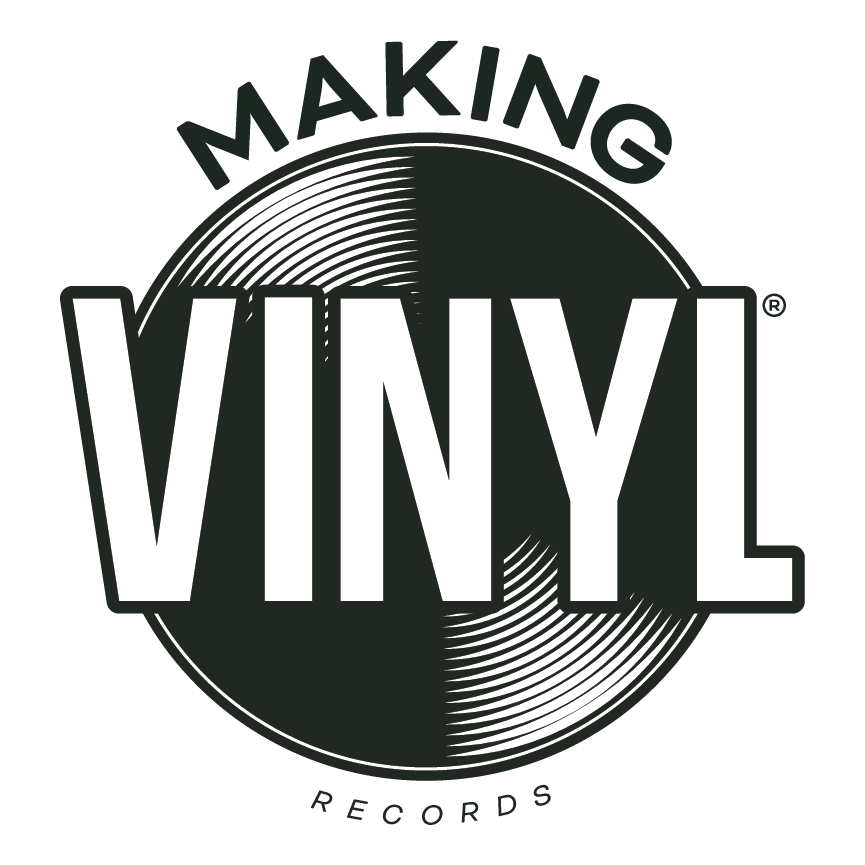By Larry Jaffee, Making Vinyl Europe Conference Director
The world has turned upside down since the last time Making Vinyl and the Media-Tech Association joined forces in May 2019 to mount an in-person conference in Berlin, Germany.
But a global pandemic – two-and-a-half years later hasn’t gone away – could not hamper consumers’ collective love affair for the vinyl format, which, 15 years ago, almost everyone thought was near extinct. At the time, it didn’t even register on the radar screens of the major organizations that track record music sales: RIAA in the US or the global IFPI.
Yes, annual double-digit growth is still happening amid substantial supply chain issues impacting every step along the physical media value chain, raw materials shortages, and higher costs/prices all around, not to mention the war in Ukraine. Did I mention there’s only one supplier of vinyl lacquers for the entire world? Thankfully that Japanese company has risen to the occasion.
The numbers are a cause for celebration: According to the IFPI, in 2021, for the first time in 20 years, there was growth in the physical market, with revenues increasing 16.1 percent to US$5 billion. Revenues from CDs also grew for the first time this millennium, and there was particularly strong engagement with the format in Asia.
“At the same time, the recent resurgence of interest in vinyl continued,” IFPI noted in its report, which almost seems like an understatement.
In the US, vinyl sales hit $1 billion in 2021 for the first time since 1986, according to the RIAA. Last year was the first time since 1996 that both CDs and vinyl records experienced revenue growth in the same year. Vinyl revenue went up for the 15th consecutive year, an increase of 61 percent over 2020. Revenues from CDs grew 21 percent to $584 million, the first year-over-year increase in CD revenues since 2004.
Making Vinyl’s worldwide global map of pressing plants illustrates the tremendous growth. Probably half of these operations did not exist five years ago.
Interest in vinyl cuts across age demographics. A new US study conducted by MusicWatch found that 41 percent of new vinyl buyers in the past two years are 13 to 24 years old, and also 50 percent of 2021’s vinyl buyers identified as female. (The program has a can’t miss session by a University of Birmingham about the long history of sexist views in regard to record buyers.
So let’s celebrate in Offenbach at the majestic Capitol Theatre these tremendous achievements. We’ve gathered the movers and shakers of the vinyl and CD industry to compare notes about how everyone is coping with the unprecedented demand with a strong program that also provides contrarian viewpoints on whether the industry has reached its breaking point? Will the new capacity promised by huge expansions by the existing US’s major vinyl pressing plants and the new facilities already built or soon to be operational mean that European exports will no longer be needed? It’d definitely food for thought.
With the hottest summer on record on every continent, suggesting that global warming is real, the timing is perfect for better acceptance of more green options in record manufacturing. The conference will provide the latest process and material innovations to make production more ecological.
But let’s relish in what I call the “Most Improbable Comeback of the 21st Century.” In fact, that’s the subtitle of my recently published book celebrating the first 15 years of Record Store Day, which I firmly believe is responsible for the vinyl resurgence, which defies all logical in the digital age. (Buy the book from Amazon Germany with this link: https://tinyurl.com/2s42axm5).
Where would be if it weren’t for a band of scrappy misfit record store owners in September 2007 didn’t decide there was still legs in physical media? I doubt we would be here in Offenbach holding this confab or that you would be reading this program.
Some 150 American entrepreneurs did not accept that Tower Records’ implosion at the time – or the abandonment of the US market by HMV and Virgin Megastore – was their death sentence, the end of their livelihood. They were too important to their communities. They noticed their stores’ used vinyl bins were constantly being cleaned out any time a new collection was dumped on them. And then they tried something really crazy: try to get the labels to let them press new vinyl.
Well for Offenbach, I’ve recruited the first three European coordinators of Record Store Day from the Netherlands, UK, and France, to share their stories of how this made-up holiday grew in their countries.
I have a feeling we’re all just getting started.


